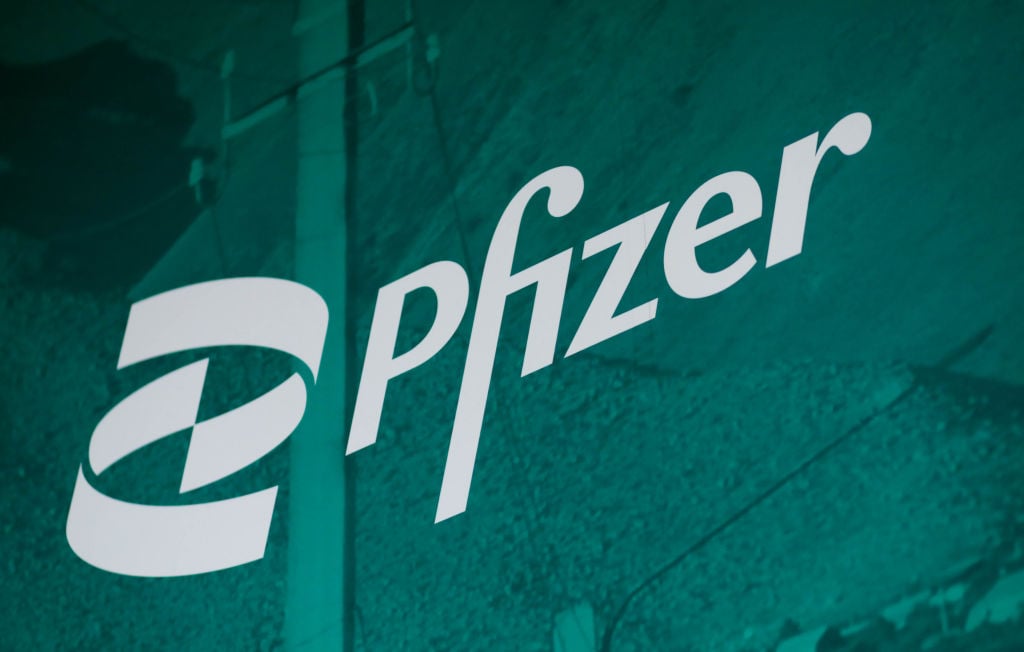When major drugmakers delivered their customary January price hikes last month, they increased the list prices of their products by an average of 5%, according to an analysis by Raymond James. The investment bank, utilizing data from IQVIA and Wolters Kluwers, reports that this was the smallest price increase since at least 2014.
That comports with the industry's trend. In 2014, its average annual January price hike was 12%; since then, the rate has steadily fallen.
"Given the transparency the public and the government is continually seeking from the industry, combined with administration initiatives to slow the rate of list price increase levels, WAC list price increases should continue to trend toward the low to mid-single digits with longer-term potential to reach levels consistent with changes in overall inflation metrics," wrote Elliot Wilbur, the report's author.

Image source: Getty Images
That said, the total number of drugs that pharmaceutical companies boosted the prices of was relatively high. According to Raymond James, last month, drugmakers hiked the costs of 2,227 medications. While that's not the highest number since 2014, it was above last year's 2,103, and significantly higher than the 2014 tally of 1,579.
The company with the highest average annual January price increase for 2020 was a generics producer -- Teva Pharmaceuticals (TEVA 0.67%). Wilbur found that Teva lifted its prices by an average of more than 6% on 36 drugs.
On the low side of the spectrum was brand-name specialist AstraZeneca (AZN 1.50%), which boosted prices by an average of just 2.8% on a total of 31 drugs.
In terms of the company raising prices on the largest number of medications, this year's crown went to sprawling pharmaceutical giant Pfizer (PFE 0.92%) with 226. Pfizer's average annual increase was slightly over 5%.
Teva, AstraZeneca, and Pfizer -- all key pharmaceutical stocks -- traded slightly higher Wednesday.









